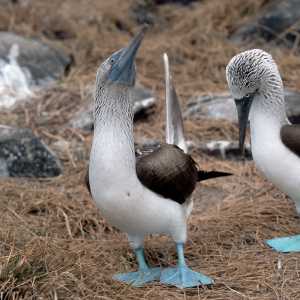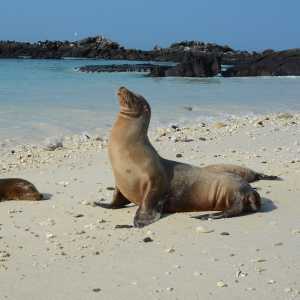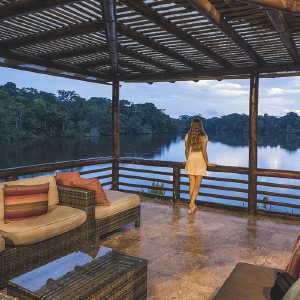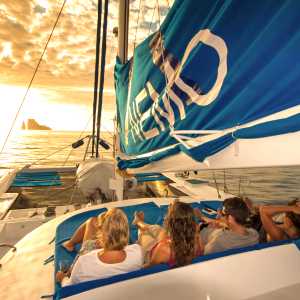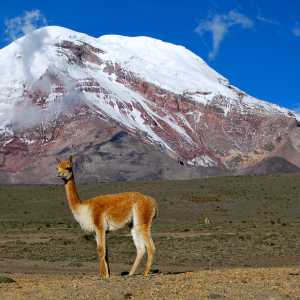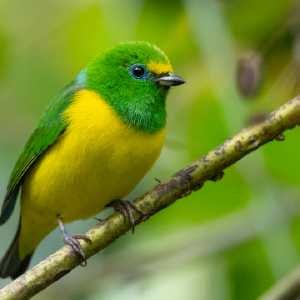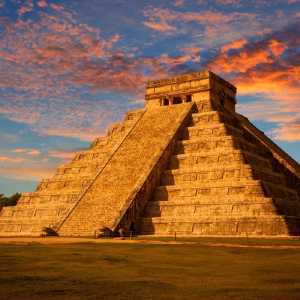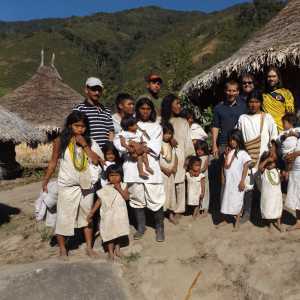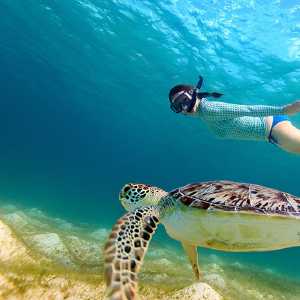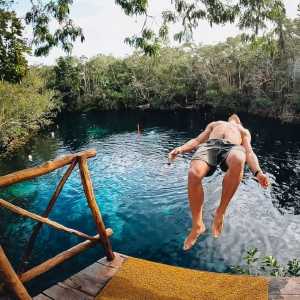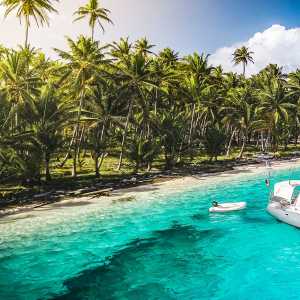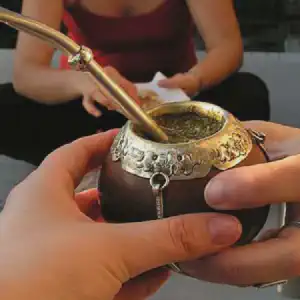Latin America Journeys Guru | Travel Design
Galapagos Calendar
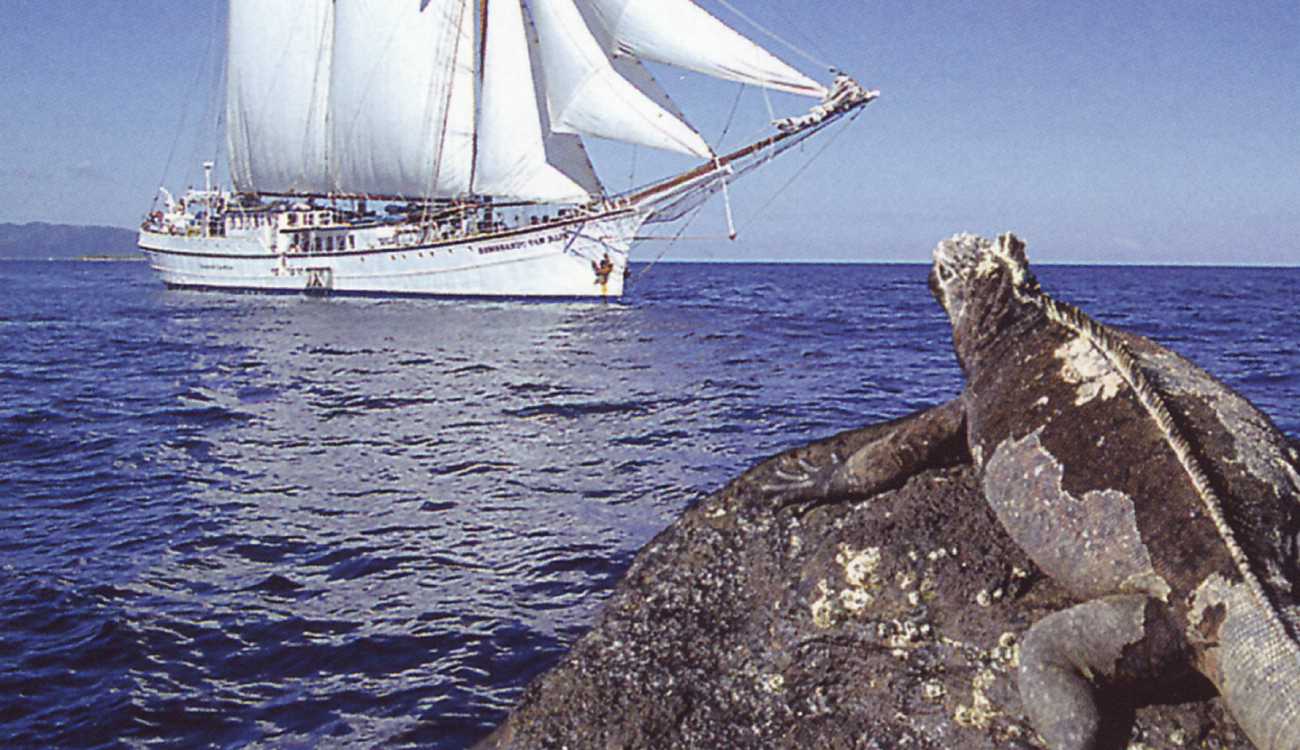
Content
JANUARY
- Start of the rainy season.
- Land birds start to nest, usually after the first downpour.
- On Hood (Española) Island adult marine iguanas become nicely colored (green & red + black).
- The green sea turtles arrive on beaches in Galapagos to lay eggs.
- Land iguanas begin to breed on Isabela Island.
- The temperature of the air and the water rises and it stays warm until June.
- Ideal time for snorkeling.
FEBRUARY
- On Floreana Island the greater flamingos start to nest.
- Bahama pintail ducks (Black-tailed pintail) start their mating season.
- Nazca (masked) boobies on Hood are at the end of their nesting season.
- Marine iguanas nest on Santa Cruz Island.
- The water reaches it highest temperature of 25C (77F). This temperature remains constant until April.
- Several penguins are seen on Bartolomé Island (most of them have followed the cooler waters to the west or near upwelling areas).
- Nesting season for the Galapagos dove reaches its highest point.
MARCH
- The rainy season reaches its highest precipitate (this does not mean that it is raining every day).
- Sporadic tropical rain showers, intense sun and a hot climate. Air temperature can rise up to 30C (86F). Humidity is high.
- Marine iguanas nest on Fernandina.
- March 21st, beginning of the summer time. The arrival of the waved albatross on Espanola.
- Even the water at the Western Islands is warm and this is a perfect place for snorkeling. Punta Vicente Roca (Isabela) can be a great place to visit. Penguins are still active next tropical fish (How bizarre!).
- At some of the coasts, especially the one on the North side there can be a high surge. (ola de fondo). Wet landing can be a challenge at places like Puerto Egas, Gardner Bay and Bartolome.
- Snorkelers will remain in the water for a longer time.
APRIL
- Massive arrival of the waved albatross on Española.
- End of the breeding season of the giant tortoises.
- Eggs of green sea turtles start to hatch.
- Eggs of land-iguanas start to hatch on Isabela.
- While the rains have ended, the islands stay quite green.
- Good visibility under water for snorkelers.
- Probably, together with May, the best months in Galapagos (weather, water temperature, animals).
MAY
- North Seymour’s blue-footed boobies start with their breeding season.
- Sea turtles are still breeding on Gardner Bay, Punta Cormorant and Puerto Egas.
- Water begins to get colder in the Islands by mid-may.
- Most of the eggs of the marine iguanas hatch from the nests on Santa Cruz.
- “Palo santo” trees start to lose their leaves.
- Waved albatrosses on Española start to lay their eggs.
- Ban-rumped storm petrels begin their first nesting period.
JUNE
- Beginning of the garua season (sporadic rains).
- Cloudy formations start forming around the mayor Islands.
- Giant tortoises on Santa Cruz Island migrate from the highlands to the lowlands looking for the best places for their nests.
- Beginning of the nesting season of the giant tortoises.
- Southeast trade wind returns. Currents become a little stronger. The seas are wilder with waves.
- Many red pouches of great male frigate birds are seen on North Seymour.
- Southern migrants have started their journey to the North. Galapagos is a resting place for such birds. Some cetaceans follow the same patron.
- Some groups of humpback whales that migrate to the equator along the coasts of Ecuador can reach Galapagos.
JULY
- Seabirds are very active (breeding), especially the blue-footed boobies on Española.
- Cormorants show marvellous mating rituals en nest activities on Fernandina.
- If you walk along the shores of Puerto Egas (Santiago Island), you can see American oystercatchers nesting.
- Lava lizards start with their mating rituals until November.
- ‘Cetaceans’ (whales & dolphins) are seen more often, especially at the West coast of Isabela.
- Great month to see the four stages of the nesting of the Blue-footed boobies: eggs, chicks, juveniles and sub adults.
- Water temperature does not pass 21C (68F).
AUGUST
- Galapagos hawks mate on Española and Santiago.
- Nazca (masked) boobies and Swallow-tailed gulls nest on Genovesa Island.
- The temperature of the ocean drops to 18C (64F), although the temperature of the water differs from island to island. It depends on the geographical location.
- Migrating coastal birds begin to arrive and stay on the island until March.
- Giant tortoises return to the highlands of Santa Cruz.
- Oceans are quite unpredictable; currents are at their strongest level. A high urge is possible along the Western and Southern coasts.
- The popping season (birth) of the sea lions starts. The Western and Central Islands are the places where this takes place the most.
SEPTEMBER
- The highest point of the cold (garua) season.
- The air temperature reaches its lowest values (19C-66F).
- Galapagos penguins show remarkable activity on Bartolomé. Since May, swimmers and snorkelers on Bartolomé can enjoy the penguins that are swimming on the surface or like a torpedo under water.
- Sea lions are very active. Females have reached the estrus stage and because of this males are constantly barking and fighting. The fighting is very heavy. The Western and Central Islands are the places where this takes place the most.
- Most seabirds stay quite active on their nesting places.
OCTOBER
- Lava herons start to nest until March.
- The Galapagos sea lions start their mating period.
- Blue-footed boobies raise their chicks on Espanola and Punta Vicente Roca (Isabela).
- Giant Tortoises are still laying eggs.
- Days are not always sunny. Garua can be expected at most of the locations, except for the Western Islands where the days start foggy but after a couple of hours the sun takes over.
- Sunrises can be very beautiful after the garua covers several locations of the Western volcanoes. The summits are clear, but low hanging haze covers the coastal lines.
NOVEMBER
- The birth of young sea lions is still happening.
- Sea lions are sexually active on the Eastern part of the Archipelago.
- Breeding season for the brown ’noddies’.
- Some types of jellyfish can be seen around the islands. The ‘genus Physalia’ is generally seen floating around Gardner and Tortuga Islets. Some of them end up on the shores of Flour beach on Floreana.
- ‘Band-rumped storm petrels’ start their second nesting period.
- Seas are calm. The Southeastern trade wind has decreased strength. The temperature of the water rises slowly.
- In general great weather because of the transition of one season into another. - Good visibility under water for snorkelers.
- The young sea lions (especially on Champion Islet) play aqua-aerobics next to the snorkelers. Most pups are curious enough to nibble on the fins of the snorkelers. The average age of most of the pups is 3-4 months.
DECEMBER
- The eggs of the giant tortoises start to hatch en this continues until April.
- Green sea turtles show their mating behavior.
- The rainy season starts, all plants of the dry zone start to produce leaves.- Galapagos becomes ‘green’.
- The first waved albatrosses are raised.
- Great weather.Of Natural Events
Gallery





